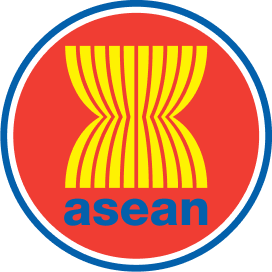

The ASEAN region is navigating a delicate post-pandemic economic recovery, amid ongoing economic and geopolitical uncertainties, extreme weather, and trade-restrictive measures. Disruptions to global value chains (GVCs) due to the COVID-19 pandemic have reinforced calls for greater self-sufficiency and reshoring production. Brenton, et al. (2022), however, states that these calls might be counterproductive for certain countries and contribute to a significant rise in global poverty. Alternatively, increased economic integration and strengthening GVCs might also spur resilient economic growth. It is necessary to establish goals for ASEAN’s recovery, not just to increase gross domestic products (GDPs), but also to ensure that the benefits of the recovery are sustainable and are equally shared. Due to the fragility of the recovery, multinational companies are starting to consider location resiliency as a criterion for choosing where to invest (Calabrò, et al., 2022).
In an effort to accomplish three goals–efficiency, inclusivity, and sustainability–this research paper considers three accelerating and simultaneous megatrends that will have a major impact on the economy and the Future of Work (FoW): digitalisation, the reconfiguration of GVCs, and the greening of the economy. These megatrends are driven by complex and interconnected factors, making it a challenge to redirect or alter them directly. While these trends are not new, their anticipated trajectories have been changed by the pandemic–offering policymakers an opportunity to change their responses and best achieve their goals.
The first megatrend is digitalisation, a source of innovation and advanced technologies that can lead to the development of new sectors and ways of production needed to reshape economies. However, accelerating digitalisation can result in labour-saving production methods, thus displacing or eliminating manual and routine jobs, as well as middle-skilled occupations, in developing countries (Autor & Dorn, 2013).
The second megatrend is the reconfiguration of GVCs, especially in the context of increasing globalisation and regional integration. GVCs refer to interrelated economic activities in the production of goods and services that are spread across multiple countries and firms. Prior to the pandemic, GVCs were important employment drivers in ASEAN, contributing up to 60% of manufacturing jobs. GVCs were also a mechanism for poverty reduction in low- and middle-income countries (ADB, 2023). The effects of pandemic lockdowns and disruptions on GVCs have continued, along with supply-side constraints and high unemployment. The pandemic exposed the vulnerability of industries in low- and middle-income countries whose exports were limited to a few products. The post-pandemic recovery may be served by reconfiguring GVCs as way to ignite growth and support poor developing countries during the recovery. A crucial issue is the restoration of micro, small, and medium-scale enterprises (MSMEs) that were distanced from GVCs during the pandemic.
The third megatrend is the global effort to enhance green sectors of the economy. Sustainable development encompasses the other megatrends due to the broad negative effects of climate change. Various strategies and initiatives aimed at creating more sustainable and environmentally responsible economies includes adopting green technologies and conservation practices, and promoting clean and renewable energy sources to realise cost efficiencies for GVCs. As an offshoot of ASEAN’s comparative advantage, this must be redefined to reflect concerns for greater inclusivity and resiliency. When advanced economies prioritise sustainability goals, they can be expected to begin enforcing similar requirements on their supply chains (Shrestha 2023).
The interplay between digitalisation and GVC reconfiguration is evident in three aspects.
First, digitalisation drives GVC restructuring. It has revolutionised GVC management through advanced analytics, enhanced supply chain visibility, and realtime data sharing. This transformation has enhanced efficiencies and adaptability in responding to market changes and supply chain disruptions.
Second, GVC reconfiguration actively contributes to the green economy, as companies integrate sustainable practices into their GVCs. This includes adopting renewable energy sources; fostering sustainability in distribution, production, and sourcing; minimising carbon emissions; and reducing waste.
Third, digitalisation facilitates the green economy by enabling efficient monitoring and the management of environmental impacts. Technologies such as the Internet of Things (IoT) sensors and data analytics allow real-time tracking of resource consumption and emissions, helping organisations make sustainable choices. Digital platforms also can connect consumers with eco-friendly products and stimulate the demand for environmentally conscious alternatives.
These megatrends offer opportunities and challenges that ASEAN must acknowledge to strengthen its postpandemic recovery and catch up with higher income countries. By strategically combining and investing in digital transformation, GVC reconfiguration, and green initiatives; ASEAN Member States (AMS) can position themselves for a more productive, inclusive, and resilient economic future. Accordingly, the private sector will play a pivotal role in enhancing the resiliency of supply chains, driving innovation and investment in technology to improve efficiency and adaptability, building stronger relationships for greater efficiency, and creating new tasks and more quality jobs. The participation of the private sector in the design of training programmes is essential for ensuring that skills supply and demand are properly aligned.
Collaboration between the private sector and governments will be instrumental in realising these changes. As enablers, governments can provide incentives, infrastructure support, and a favourable business environment to encourage private sector initiatives. Community organisations also have a particular role to play. These non-government organisations (NGOs) can raise awareness about the impact of GVCs on local communities, advocate for responsible business practices, highlight issues related to labour rights, and provide support to local entrepreneurs and small business looking to integrate with GVCs. In summary, these organisations can be intermediaries between communities and the private sector, helping to ensure that the megatrends benefit businesses as well as the welfare of workers and the communities involved.
National responses to the megatrends will depend on a country’s future plans for its workforce. Preparing workforces to meet changing economic demands is essential; the future of work in every country depends on the skills the workers bring to market. Investments in education and skills can raise the ability of workers and employers to respond effectively to trends. With governments acting as enablers, the private sector can invest in training and skills development for their workforce to meet the megatrends, including training in digital skills, supply chain management, and sustainability practices.
This paper argues that the best training can be achieved only when the private sector takes the lead. This ensures that training will be relevant to technologies adopted by firms, and that firmspecific skills can be developed. Further, firms are likely to engage in training programmes that feature incubation, a highly effective way to develop f irm-specific skills for young workers with limited educational backgrounds. By tailoring programmes to meet a company’s specific needs, providing hands-on experience, offering mentorships, and exposing the workforce to company-specific tools and practices, less experienced participants can be equipped with the skills required to excel in a specific f irm or industry.
However, private-public partnerships (PPPs) are necessary to achieve these goals. Firms are unlikely to invest in general skills, as the returns from training investments may not be recovered if their workers move to other firms. The paper explains the types of PPPs that should be created to meet these challenges, and the systems that governments can develop to induce the private sector to engage in these partnerships.
In conclusion, this trend report calls for active participation by the private sector as ASEAN engages with the megatrends during the postpandemic recovery. While there are opportunities, so too are there challenges creating impediments to the best possible outcomes. It is necessary for every AMS to design a unique strategy to mitigate these challenges. While daunting, AMS must learn how to simultaneously enhance productivity, sustainability, and employment in labour-intensive industries or sectors. This means adopting an effective industrial policy where governments undertake a close collaboration with firms to remove constraints to their expansion in exchange for more productive and resilient employment.







